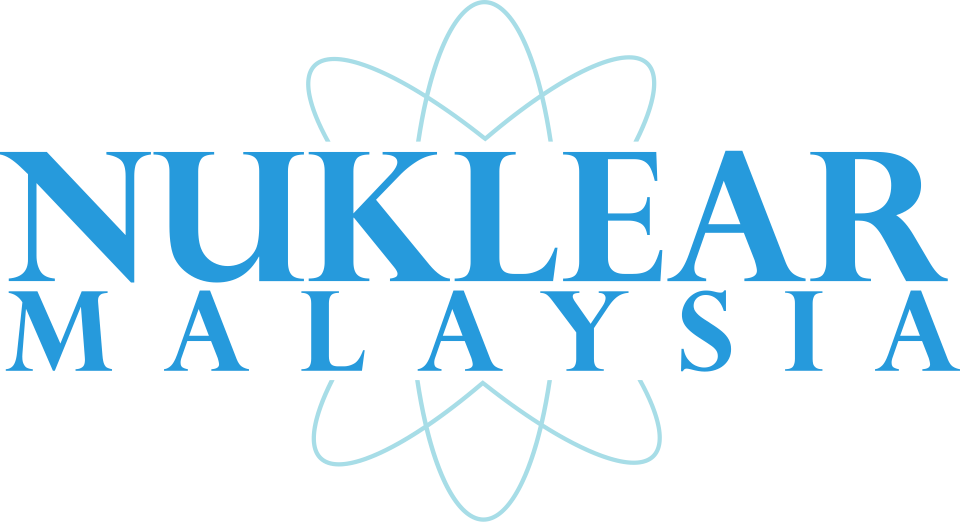How a nuclear victory at COP27 started with a teen and a text
As Seth Grae was preparing to return home from COP27, where he attended as an American Nuclear Society delegate, he had no idea that he was about to be part of a last-minute win for nuclear energy. Grae, the founder and chief executive officer of Lightbridge Corporation (NASDAQ: LTBR), felt that the nuclear industry had exceeded expectations at the two-week conference in Sharm el-Sheikh, Egypt. The first-ever International Atomic Energy Agency pavilion dedicated solely to nuclear energy was buzzing with delegates eager to educate the public. But hours before COP27 was to end, Grae received a text—the message of which would end up reaching the conference negotiation room.
The text came from a delegate, a teenager from Sweden who spotted an issue with the preliminary draft of the final COP27 decision.

Aanstoot
Ia Aanstoot, a 17-year-old Swedish high school student, traveled alone to COP27, where she participated under the banner of Nuclear for Climate alongside Grae and other delegates from around the world. As negotiators from the 196 countries were working on the final conference statement, Aanstoot was able to access a draft decision online, where she noticed that the language in the energy section used only the terms “renewables” and “renewable energy”—and excluded specific mention of nuclear energy. She posted her observation in a WhatsApp chat among nuclear energy supporters who were there.
“They got to within about an hour of when it looked like the final text would be released, what they called Draft 2,” said Grae. “Ia found it and looked at the energy section and saw the word ‘renewable’ and the term ‘renewable energy,’ but nothing else. It seemed to exclude nuclear from the energy provisions of the final statement that was about to be finalized.”
When Grae saw the text in the WhatsApp group chat, he started a surprisingly rapid chain of communication with the Department of Energy and ANS. He immediately sent an email to Kathryn Huff, assistant secretary of nuclear energy at the DOE, who had been at part of COP27. “It was on a Saturday, and she immediately responded and said she's on it,” said Grae. Huff then passed along the alert to Kirsten Cutler, special advisor for nuclear innovation at the State Department.
Grae also reached out to Andrew Smith, director of communications at ANS, who then contacted ANS executive director/chief executive officer Craig Piercy about the effort. Piercy reached out to a White House contact working on climate issues, hoping to alert the administration to the exclusion of nuclear in the final statement. It was unclear if the messages were sent in time, but early on Sunday morning, November 20, the final statement was released—with broader language that includes nuclear.
The final word: In a win for nuclear, COP27 issued its final statement, the Sharm el-Sheikh Implementation Plan, with technology-inclusive language in its call for countries to decarbonize their energy use. In its final form, the statement calls for an “increase in low-emission and renewable energy” as part of “diversifying energy mixes and systems.”
The final decision at every COP is a set of commitments by nearly every country in the world. The main achievement at COP27 was an agreement that wealthy countries will help provide “loss and damage” funding through the World Bank and other mechanisms to less-developed countries to combat climate change. A low-carbon energy approach that includes nuclear energy could allow for some of the assistance the U.S. provides to be in the form of nuclear power projects to be deployed in countries with less-developed economies. These types of projects may not have been allowed under the wording of the draft that Aanstoot found.
As Piercy said, “It came down to the wire, but we did it! The inclusion of ‘low-emission’ sources in the agreement was critical in ensuring developing nations can use nuclear energy to decarbonize.”
The final decision also highlights that a global transition to a low-carbon economy is expected to require investment of at least $4–6 trillion per year. Including nuclear energy in this investment can open the door to ways the U.S. nuclear power industry can benefit. “This is potentially one of the most important documents relating to nuclear power since the [Treaty on the Non-Proliferation of Nuclear Weapons],” said Grae. “The final statement from COP27 is the starting point for what will be written at COP28 and other places, and if you’re leaving out nuclear, you’re starting at one-three millionth of how much energy you can produce. If ever there was a time you want to get in at the get-go, this was it.”
Grae added that “the new language not only allows nuclear to count, but once new nuclear projects start receiving funding from these mechanisms, they will shine.” New nuclear power projects in several countries have time and again proven that given proper financial backing at the start, plants provide reliable, affordable power for decades, paying economic dividends.
Of the last-minute change to the final statement, Katy Huff said, “Sometimes it’s best to focus on the ends rather than the means. In this case, a technology-neutral statement helps to focus global action on the ends (climate change mitigation through carbon reduction in the energy sector) rather than the means (specific technologies). Inclusive, technology-neutral words like ‘low emission’ or ‘clean’ are excellent tools for this endeavor.”
The youngest activist: Grae noted that Aanstoot was certainly one of the youngest—if not the youngest—delegate present at COP27. She sat alongside Grae during a Powerful Nuclear Stories panel discussion at the IAEA pavilion, where she told her story. Aanstoot talked about how she was born prematurely and would have died but for the energy that kept the hospital machines running—which kept her alive. She later learned that most of that energy was produced by nuclear reactors in Sweden. As she discovered more about her first months, she became more and more passionate about nuclear power and was inspired to make her way to COP27, where she obtained a Blue Zone pass and ultimately set in motion a chain of events that improved the wording of the final statement.
Aanstoot’s quick thinking at COP27 is, in a way, a full-circle moment in her story. It is also a touching reminder that nuclear technology is used for good in so many ways. Those who care enough to spread this hopeful message must do everything possible to make sure nuclear has a seat at the table. It also shows that recent efforts by the nuclear power industry to establish itself within the international climate conversation, after existing for so long on the fringes, are working.
Grae believes that the world changed that Sunday because of Aanstoot’s texts, the officials at the DOE and State Department who got to the American team in the negotiating room, and the loss and damage funding mechanisms that give nuclear technology a brand-new opportunity.









